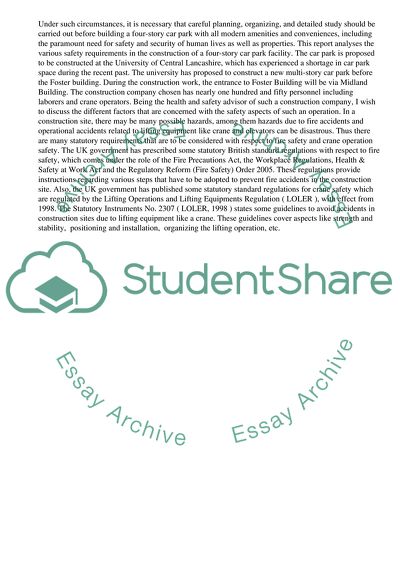Cite this document
(Fire Safety Management & Legislation in Constructing Term Paper, n.d.)
Fire Safety Management & Legislation in Constructing Term Paper. Retrieved from https://studentshare.org/management/1720170-fire-safety-mgmt-legislation
Fire Safety Management & Legislation in Constructing Term Paper. Retrieved from https://studentshare.org/management/1720170-fire-safety-mgmt-legislation
(Fire Safety Management & Legislation in Constructing Term Paper)
Fire Safety Management & Legislation in Constructing Term Paper. https://studentshare.org/management/1720170-fire-safety-mgmt-legislation.
Fire Safety Management & Legislation in Constructing Term Paper. https://studentshare.org/management/1720170-fire-safety-mgmt-legislation.
“Fire Safety Management & Legislation in Constructing Term Paper”. https://studentshare.org/management/1720170-fire-safety-mgmt-legislation.


